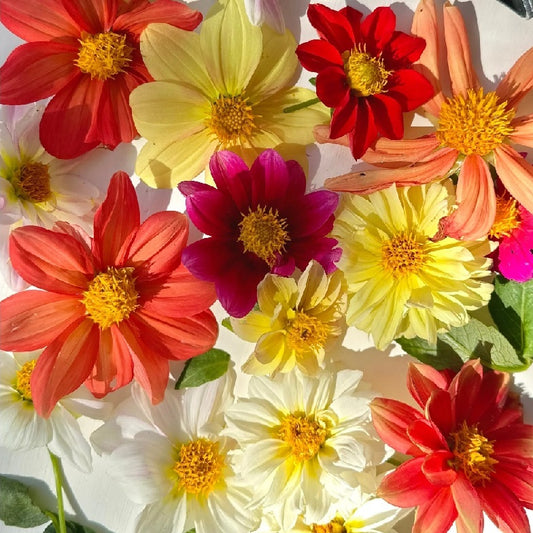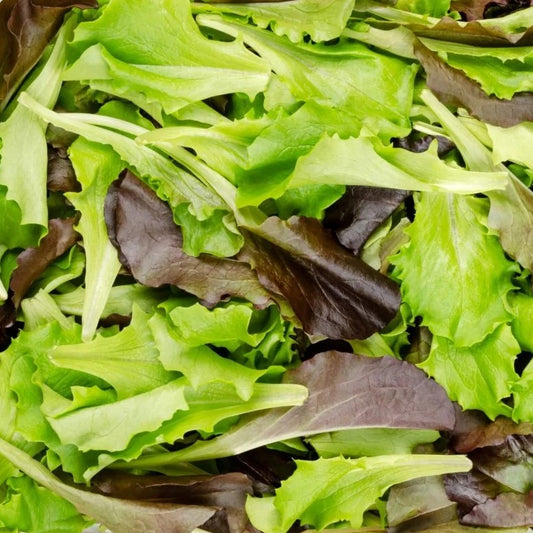Amaranth is an ancient grain with many hidden benefits. It is high in protein, fiber, calcium, and other essential nutrients, making it a great addition to anyone’s diet. But how do you grow amaranth? And what else can it be used for? This guide provides the answers to all your questions about the hidden benefits of growing amaranth.
Understanding Amaranth and Its Benefits
Amaranth is an ancient grain that has been praised for its health benefits due to its high content of protein, fiber, and essential minerals. Growing your own amaranth in your vegetable garden is a great way to get creative in the kitchen and reap the benefits of this nutritious food. Not only does amaranth provide a unique flavour to dishes, but it also packs plenty of vitamins, minerals, and other essential nutrients that are essential for maintaining good health. Whether you choose to cook with or simply enjoy eating amaranth straight from the garden, you can rest assured that you're getting a nutritious snack or meal option!
Similarly, amaranth not only adds colour and variety to your vegetable garden, but it is also a great soil conditioner. Amaranth is an easy to grow vegetable that requires minimal soil preparation, making it perfect for novice gardeners who want to get their hands dirty. So if you're looking for a way to liven up your vegetable patch, consider growing some amaranth and experience the benefits this alluring plant has to offer!
Tips for Growing Amaranth in Your Vegetable Garden

Growing amaranth in your vegetable garden is a great way to add nutritional value to your diet. Not only is it high in protein, but it also contains important minerals like iron and calcium. Plus, it's perfect for those days when you don't feel like putting in extra effort in the kitchen - its leaves can be used in salads, and its seed can be boiled up for breakfast just like oats! Plus, amaranth is quite the resilient plant; from weeds to pests, it'll take almost anything that Mother Nature throws at it. So if you want a nutritious addition to your garden without too much effort, amaranth is the way to go!
To ensure that your amaranth plants get the best start possible, make sure to plant them in well-draining soil that's rich in organic matter and keep them watered regularly. Also, they will benefit from some support, so be sure to provide stakes or a trellis for the taller varieties Besides amaranth, there are many companion plants that will help it thrive in your vegetable garden. For example, amaranth grows well next to cucumbers, squash, melons and brassicas. If you like having amaranth in your garden, investing in some of these companion plants will help ensure that your amaranth plants get the best start possible. Make sure to plant them in well-draining soil that's rich in organic matter and keep them watered regularly. Also, they will benefit from some support, so be sure to provide stakes or a trellis for the taller varieties. Enjoy!
To Conclude
In conclusion, Amaranth is a versatile and nutritious grain that has been used for centuries. It is high in essential nutrients, can be grown in a variety of climates, and can be used in many different ways – from teas to salads and even desserts. Growing amaranth can be a fun and rewarding experience, so why not give it a try? With the right tips and tricks, you’ll be sure to have success in growing this amazing crop.





